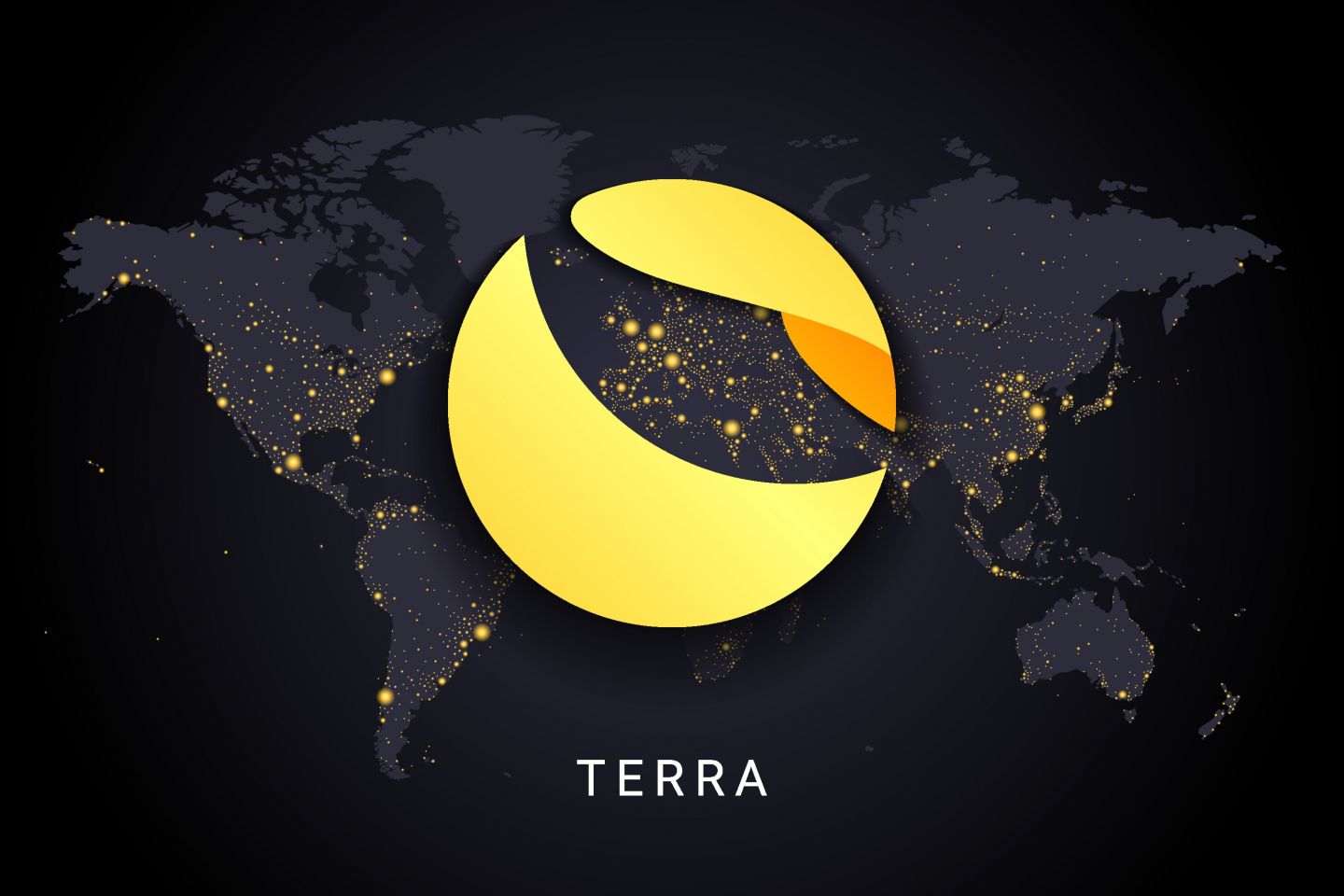Who owns the most Terra Classic coin (LUNC) in 2025?
Terra Classic (LUNC) remains one of the most discussed legacy projects in decentralised finance. Following the 2022 collapse of the original Terra ecosystem, the community has continued to maintain the network under a new governance model.
LUNA Classic is the original Terra LUNA token that remained after the 2022 collapse of the Terra ecosystem and the launch of the new Terra 2.0 blockchain. The new network retained the Terra name, while the legacy chain was rebranded as Terra Classic, with LUNC as its native coin.
As the project now operates under full community governance, many traders continue to monitor the concentration of token ownership. This article takes an updated look at who holds the most Terra Classic crypto in 2025, and what the distribution may indicate about the network’s current structure.
What is Terra Classic?
Terra Classic was originally part of a dual-token system that included TerraUSD (UST), an algorithmic stablecoin designed to maintain a one-to-one peg with the US dollar through on-chain mechanisms.
The original Luna token supported the network by stabilising UST’s price, enabling governance, and covering network fees within a proof-of-stake (PoS) model. When UST lost its peg in May 2022, the system’s automatic rebalancing caused the LUNA supply to expand sharply, eroding its value and marking one of the most significant moments in decentralised finance.
After the collapse, the Terra blockchain underwent a hard fork. The legacy chain became Terra Classic, and its original token was renamed LUNA Classic (LUNC), while the new chain adopted the name Terra (LUNA 2.0).
Luna Classic price chart
Past performance is not a reliable indicator of future results.
Go to market page
Governance and community structure
Since 2023, Terra Classic has operated entirely through community governance, with proposals and validator consensus influencing all network updates and policy decisions.
The burn mechanism, including the 1.2% transaction tax, remains active, gradually reducing overall token supply. These community-driven efforts are often seen as supportive of decentralisation and long-term network resilience, though they do not eliminate the risks associated with market volatility.
Who owns the most Terra Classic crypto?
As of 12 November 2025, LUNC’s circulating supply stands at around 5.5 trillion tokens, with a 6.5 trillion total supply due to ongoing staking and burn activity (CoinMarketCap).
According to recent on-chain data, the largest holders of Terra Classic are mainly exchange-managed wallets and staking pools, rather than individual investors.
Here’s a summary of the top LUNC holders as of November 2025:
| # | Wallet address | Holding (LUNC) | Owner / description |
|---|---|---|---|
| 1 | terra18vnrzlzm2c4xfsx382pj2xndqtt00rvhu24sqe | 1.83 trillion | Binance hot wallet |
| 2 | terra1fl48vsnmsdzcv85q5d2q4z5ajdha8yu3nln0mh | 0.97 trillion | Staked coins pool |
| 3 | terra13mxmmchqqa8jqncdvm2j3zlkfnrg4wvtku4szv | 0.31 trillion | Bitkub |
| 4 | terra15qvs2dzzydqt4ygfn0k0ertjnv8ctytggnx4ez | 0.25 trillion | Unknown / large private holder |
| 5 | terra1a9k6d7q0dq5mmc2en3ezca4q4fuvygtt8mpaw3 | 0.22 trillion | Unknown / large private holder |
| 6 | terra1ms33f9tcegdn30agkeetrxpgy38shmuy3uam5g | 0.15 trillion | Unknown |
| 7 | terra1rxk5tvrhd5wud2tfhnmymqzada0njcde3g90qh | 0.15 trillion | Unknown |
| 8 | terra1chq5ps8yya004gsw4xz62pd4psr5hafe7kdt6d | 0.14 trillion | KuCoin (likely cold wallet) |
| 9 | terra1pegjt8gmpxu75p3f20cxc8f8hr987fe7vwptq4 | 0.13 trillion | Crypto.com exchange |
| 10 | terra1sepf0spaj969m59cgj3w3ch5udgf25qsx9cl2h | 0.13 trillion | Unknown |
Source: LUNCdash, 12 November 2025
The largest known holder remains Binance’s hot wallet, which represents aggregated customer funds rather than a single entity. Binance has continued supporting community initiatives, including LUNC burn programmes, in line with the network’s decentralisation goals.
Staking pools account for a significant share of tokens, showing sustained participation in governance and validation. Several large anonymous wallets likely reflect cold storage or consolidated exchange holdings.
Understanding who holds the most LUNC offers insight into ownership concentration and community dynamics, but it should never replace independent research.
Cryptocurrency markets are highly volatile and subject to rapid change. Always perform your own due diligence before trading or investing, reviewing the latest data, governance updates, and independent sources.
Past performance is not a reliable indicator of future results. Never trade with money you cannot afford to lose.
Create an account Open a demo account
FAQ
Who founded Terra crypto?
Terra and Terraform Labs were founded in 2018 by Do Kwon and Daniel Shin in Seoul, South Korea. The company launched its first token, LUNA, in July 2019, marking the beginning of the Terra ecosystem.
Is Terra built on Ethereum?
No. Terra operates on the Cosmos SDK, a framework for building independent blockchains and decentralised applications (dApps). This design allows Terra to function separately from the Ethereum network and use a Delegated Proof of Stake (DPoS) consensus model. The Terra network primarily supports stablecoins and decentralised finance (DeFi) projects, rather than focusing on smart contracts like Ethereum.
What is the difference between Terra and Terra Classic?
Terra Classic refers to the original Terra blockchain, which continued to exist after the network’s collapse in 2022. Its native token is LUNA Classic (LUNC). Following the event, a new blockchain was launched under the name Terra (LUNA 2.0), without the algorithmic stablecoin that led to the original network’s failure. Both chains now operate independently, maintained by their respective communities and validators.
Can you trade Terra Classic (LUNC) as a CFD?
Yes, Terra Classic (LUNC) can be traded as a Contract for Difference (CFD) with regulated brokers that offer cryptocurrency derivatives. CFDs allow traders to speculate on price movements without owning the underlying asset, offering the ability to go long or short. However, CFD trading carries a high level of risk, as leverage can amplify both potential gains and losses. Prices can move quickly, so it’s important to understand how CFDs work before trading.